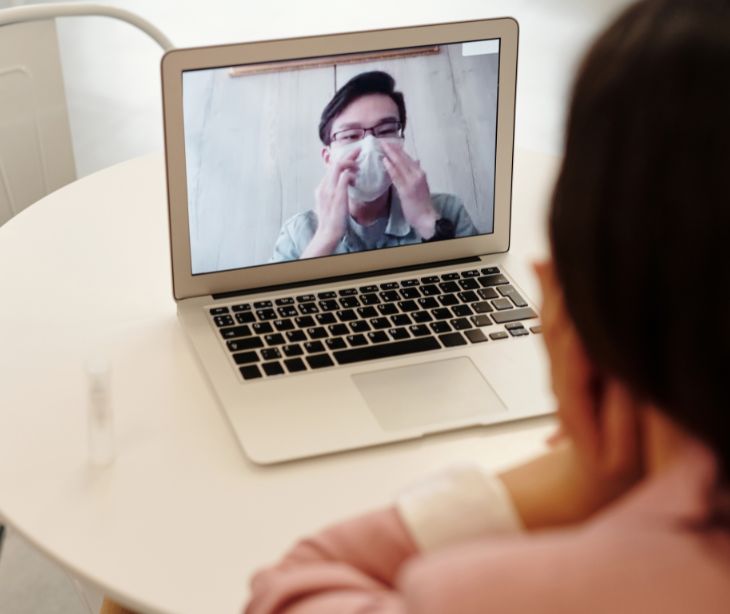
The purpose of the CARES Act, enacted in response to the COVID-19 pandemic, was to provide immediate economic relief and support to various sectors of the United States. It allocated funding to hospitals, with $175 billion designated for healthcare-related expenses or lost revenues. An analysis of 952 hospital-level entities revealed that hospitals received an average payment of $33.6 million from the CARES Act, with academic-affiliated hospitals and those with higher pre-COVID-19 assets or higher COVID-19 cases receiving more substantial funding.
Understanding the purpose of the CARES Act
An Investopedia article breaks down the impact areas of the CARES Act, “The CARES Act can be broken into seven major areas, including benefits for individuals, unemployment assistance, small business relief, big and medium-sized business relief, tax breaks and credits, hospital and health care assistance, and state and local government.”
The Coronavirus Aid, Relief, and Economic Security (CARES) Act is a $2.2 trillion stimulus package enacted by the U.S. government on March 27, 2020. This includes direct payments to individuals, expanded unemployment benefits, funding for businesses through loans and grants, emergency healthcare funding, and various tax breaks and incentives.
In simpler terms, the CARES Act was the U.S. government's way of giving a financial lifeline to individuals, businesses, and healthcare providers hit hard by the coronavirus outbreak. By sending out stimulus checks to people, offering extra money to those out of work, helping small businesses keep their doors open, and supporting hospitals, the Act tried to cushion the blow from the economic and health crisis.
This legislation represents the largest emergency aid package in U.S. history, aiming to stabilize the economy during an unprecedented global health emergency. Its impact has been wide-reaching, helping to prevent deeper financial downturns and providing support to those in immediate need. Through these efforts, the CARES Act assists in the ongoing recovery and has set a precedent for future government responses to national crises.
See also: PHI disclosures by business associates after the COVID-19 exemption ends
Provision of the CARES Act
For individuals and families
- Direct economic impact payments: One-time payments of up to $1,200 for individuals, $2,400 for couples filing jointly, plus an additional $500 per child.
- Expanded unemployment benefits: Included an additional $600 per week on top of state benefits, expanded eligibility to self-employed and gig workers, and extended unemployment benefits duration.
- Student loan relief: Suspension of payments and interest on federal student loans through September 2020, later extended.
- Retirement funds withdrawal penalties waived: Allowed for up to $100,000 of early withdrawals from 401(k)s and IRAs without the 10% early withdrawal penalty for COVID-19-related reasons.
- Charitable contributions deduction: Introduced a new above-the-line deduction for charitable contributions up to $300.
For businesses
- Paycheck protection program (PPP): Provided forgivable loans to small businesses to cover payroll and other eligible expenses.
- Economic injury disaster loans (EIDL) and emergency economic injury grants: Offered loans and advances to businesses experiencing a temporary loss of revenue.
- Employee retention credit: A refundable tax credit for 50% of wages paid by employers to employees during the COVID-19 crisis.
- Deferral of payroll taxes: Allowed employers to defer the payment of their portion of Social Security taxes.
For healthcare and public health
- Funding for healthcare providers: Allocated billions in funding to hospitals and healthcare providers to support COVID-19-related expenses and lost revenue.
- Investment in vaccine research and development: Directed funds towards the development of vaccines, diagnostics, and treatments for COVID-19.
- Support for state and local governments: Provided funding to support state, local, and tribal governments in managing the pandemic.
Other provisions
- Ban on foreclosures and evictions: Implemented a moratorium on foreclosures for federally backed mortgages and evictions for renters in federally backed housing.
- Support for education: Included funding for colleges and universities, student support, and K-12 education.
See also: Telehealth HIPAA compliance after the COVID-19 exemption ends
Interactions between the CARES Act and HIPAA
One of the interactions is the CARES Act’s push to expand telehealth services, which allows for broader access to healthcare while people were under lockdown or avoiding public places. This expansion required healthcare providers to adopt new technologies and platforms for remote care, necessitating a reevaluation of how HIPAA’s privacy and security rules apply to digital health communications and patient data protection. In response, the Department of Health and Human Services (HHS) was tasked with issuing guidance on sharing patients' protected health information (PHI), ensuring that while healthcare providers moved quickly to adapt to telehealth, they remained compliant with HIPAA’s stringent privacy protections.
Moreover, the CARES Act's emphasis on supporting healthcare operations during the pandemic meant more data sharing among healthcare entities, research organizations, and government agencies to track, treat, and eventually curb the spread of COVID-19. This increased flow of health information reinforces HIPAA rules in securing PHI against unauthorized access or breaches.
See also: HIPAA Compliant Email: The Definitive Guide
FAQs
How did the CARES Act address the need for rapid expansion of telehealth services?
By allowing healthcare providers to offer telehealth services to Medicare beneficiaries, reducing regulatory barriers, and increasing funding for telehealth infrastructure.
Were there any provisions in the CARES Act specifically targeting mental health support?
Yes, the CARES Act included provisions specifically targeting mental health support, such as increased funding for mental health services and the expansion of telehealth for mental health care.
How did the CARES Act impact students and recent graduates with student loans?
The CARES Act impacted students and recent graduates with student loans by pausing federal student loan payments, temporarily setting interest rates to 0%, and halting collections on defaulted loans.
Subscribe to Paubox Weekly
Every Friday we'll bring you the most important news from Paubox. Our aim is to make you smarter, faster.



